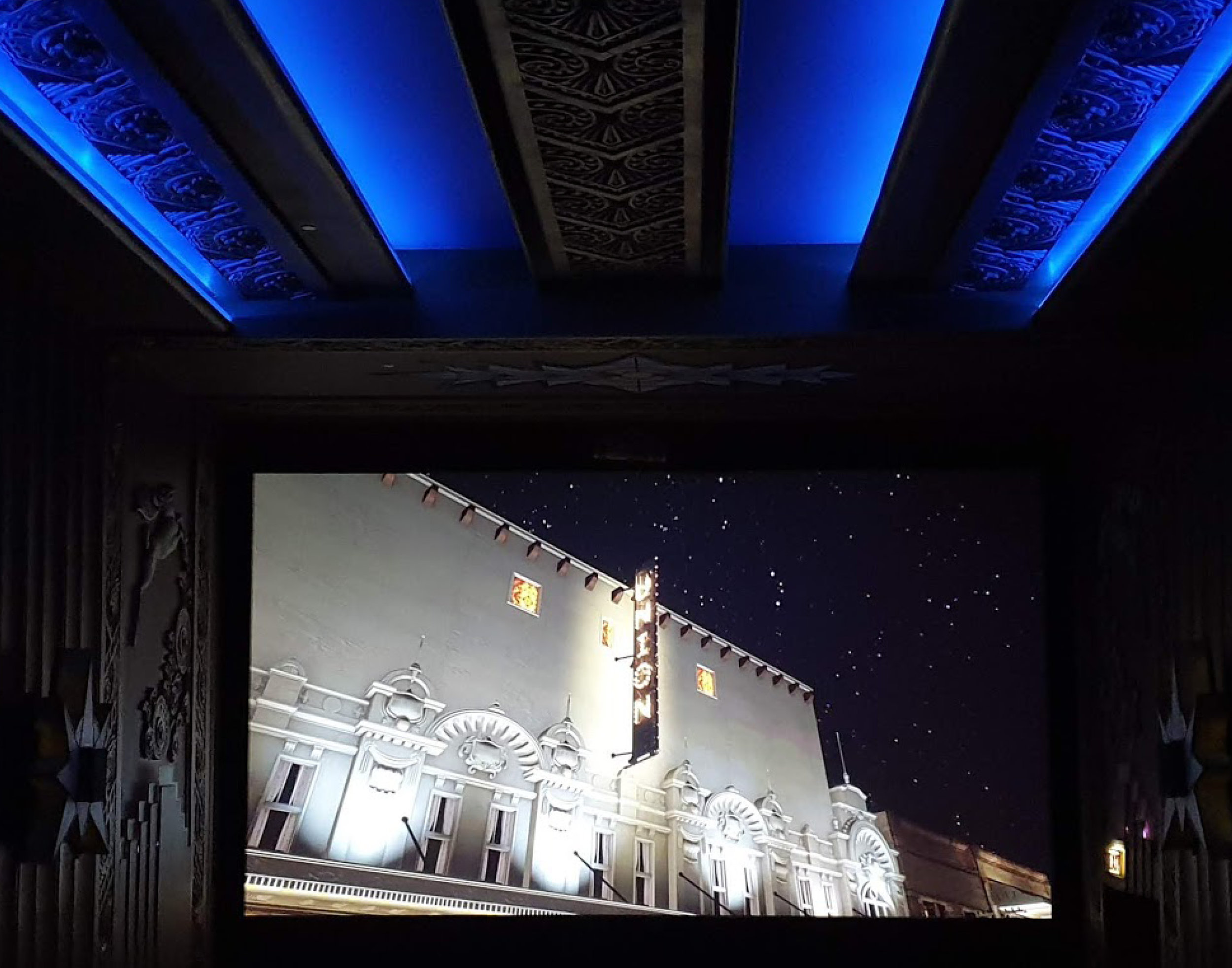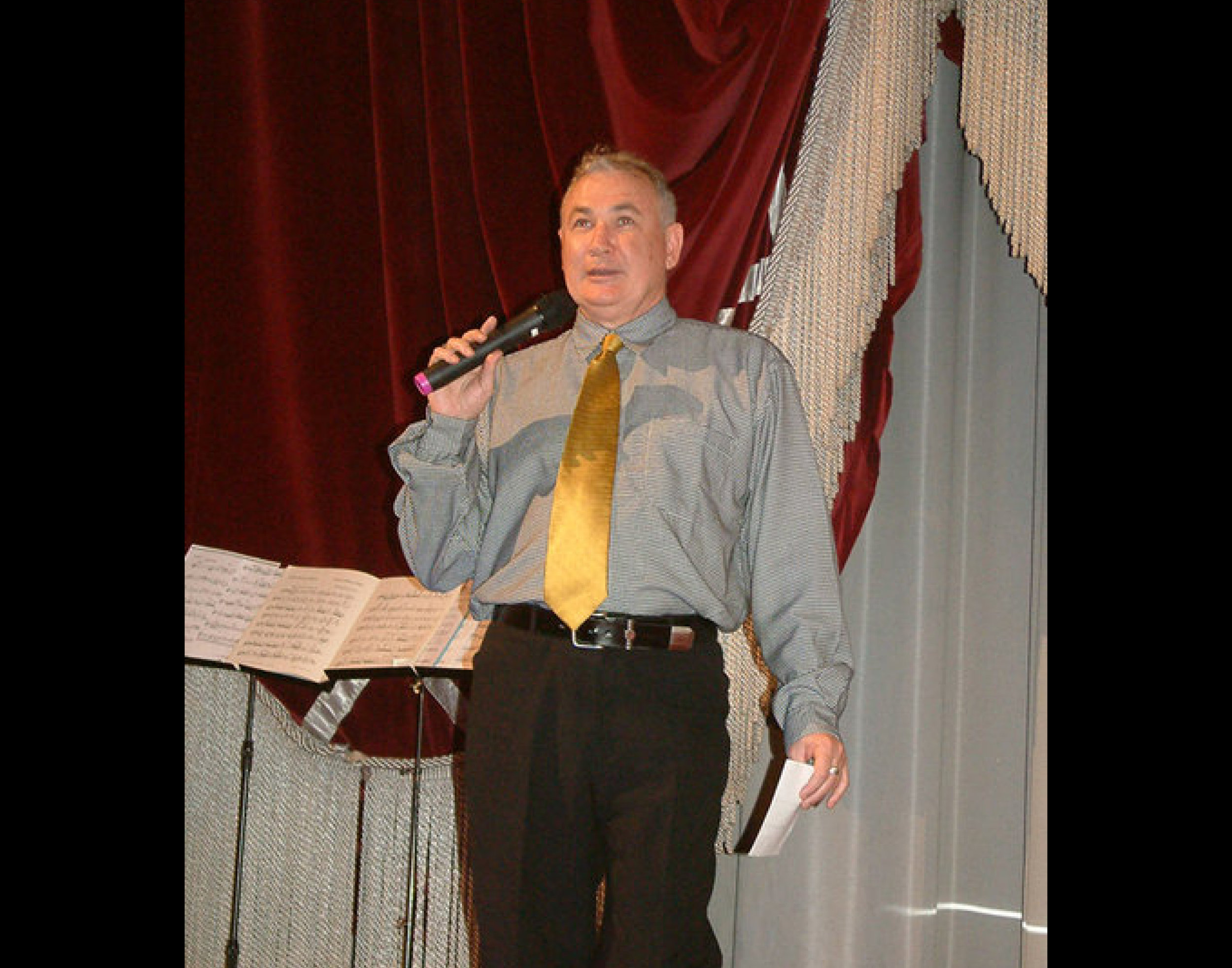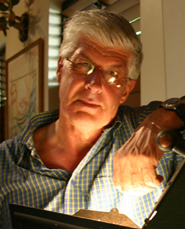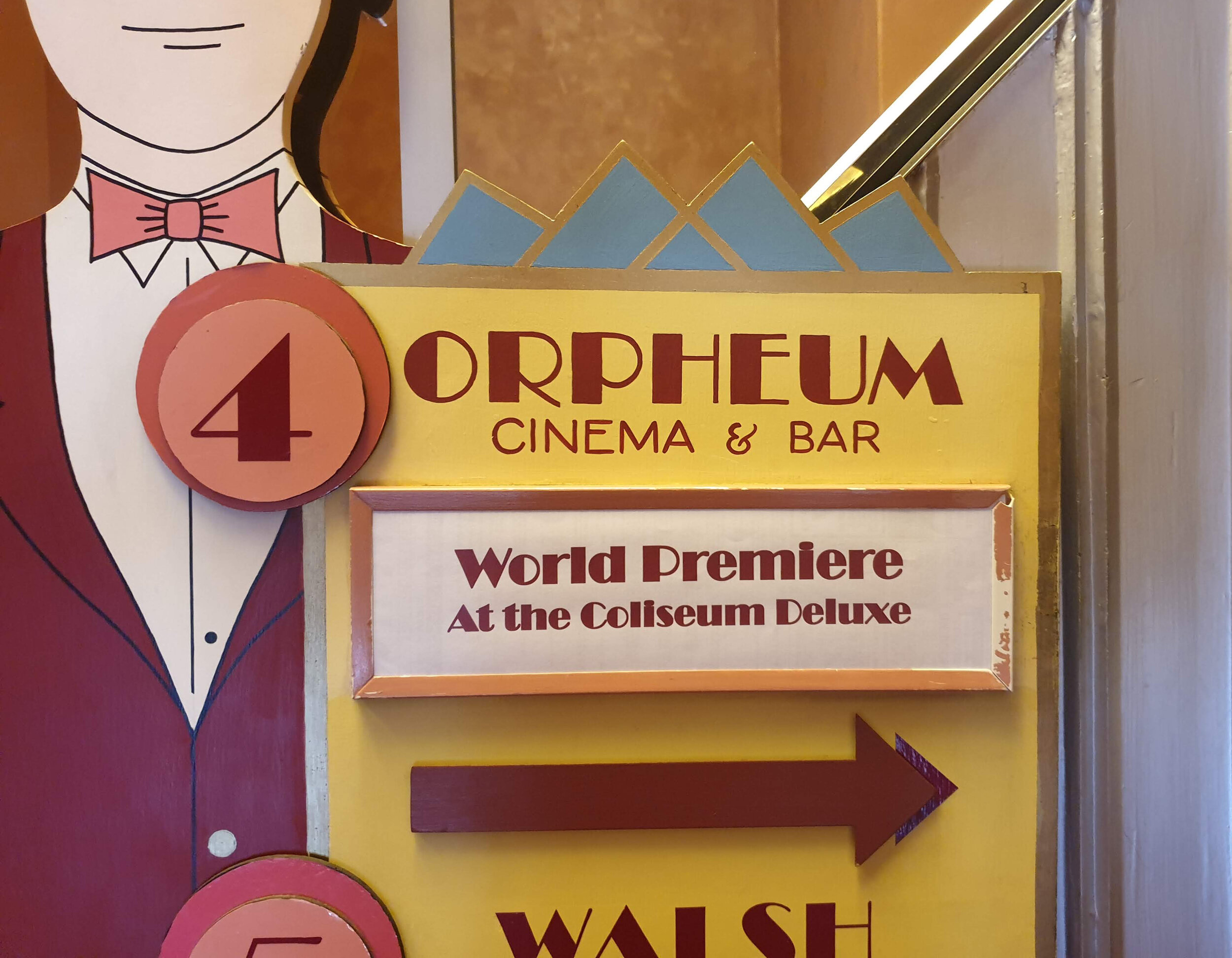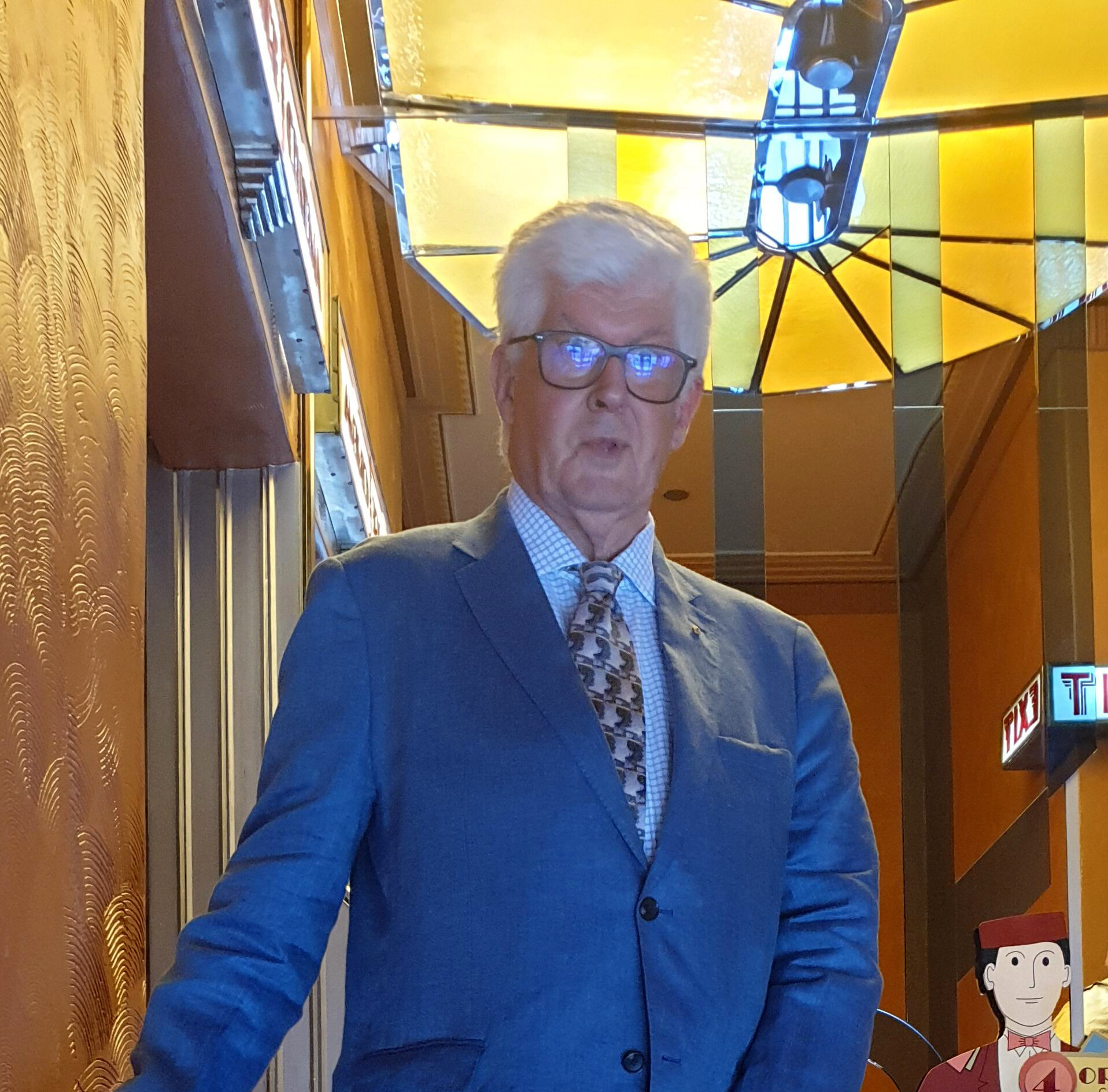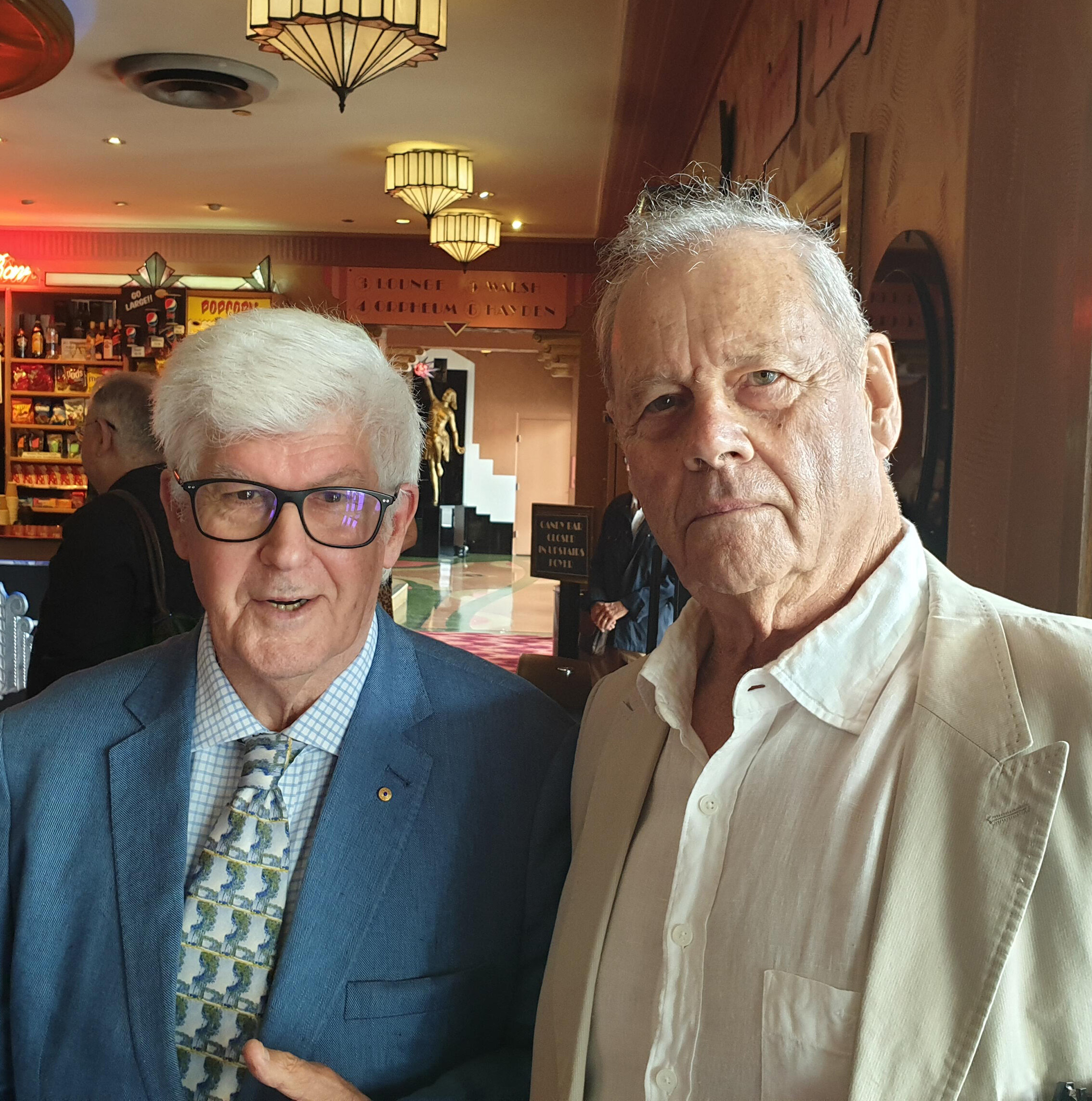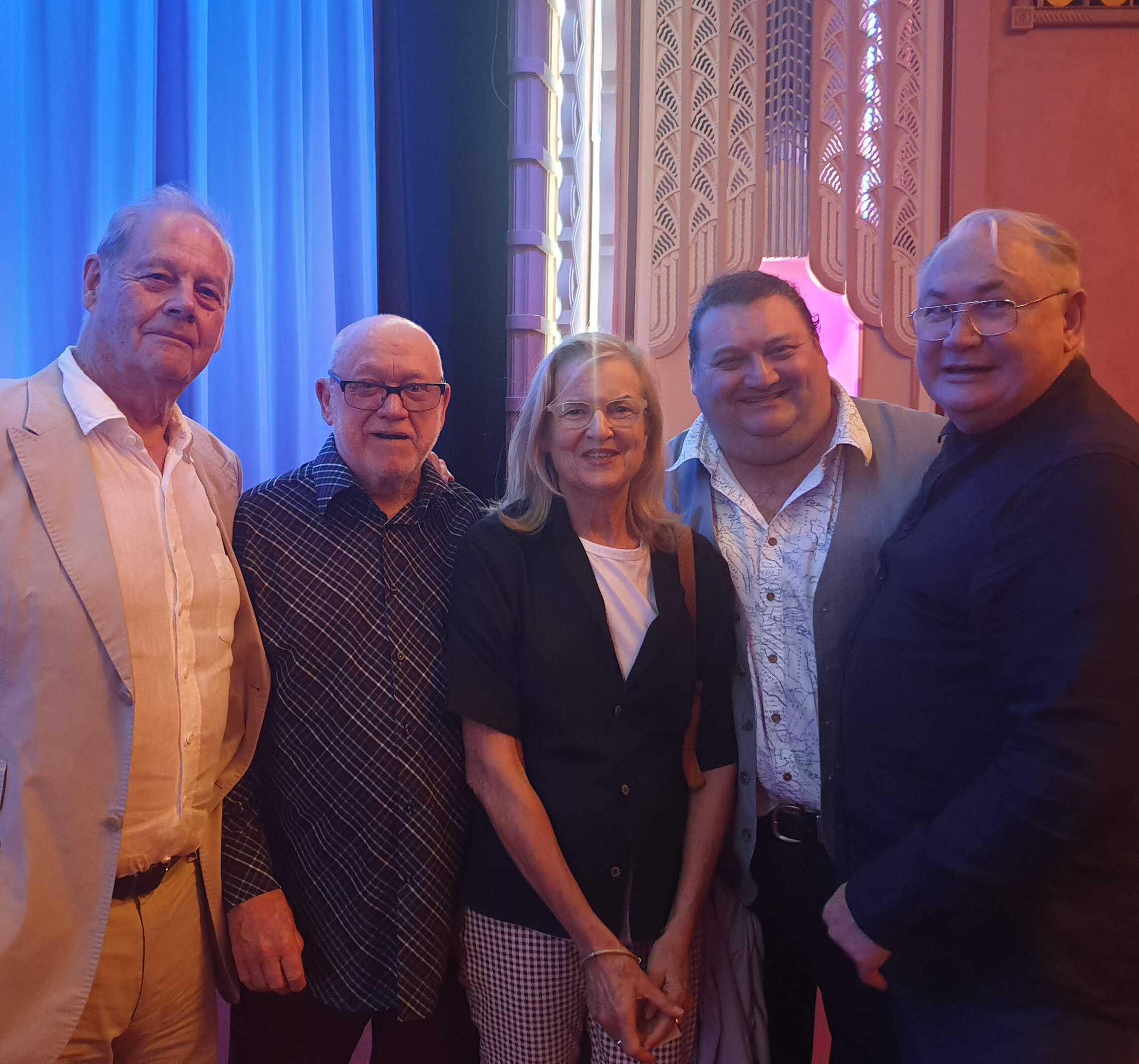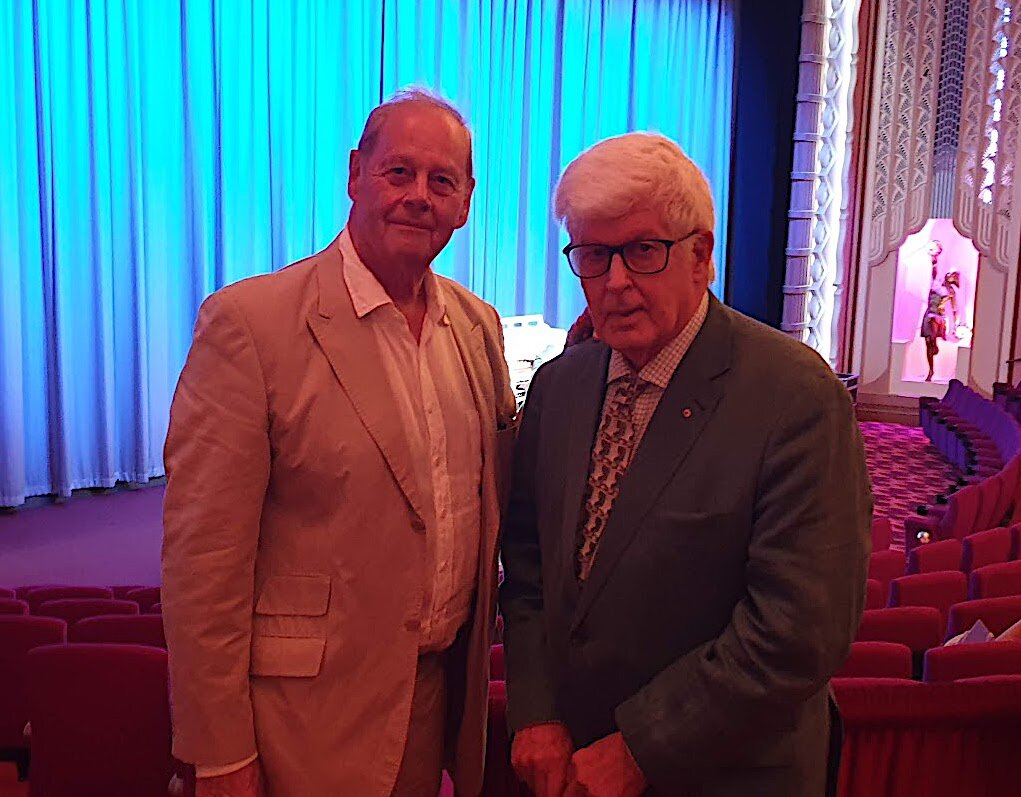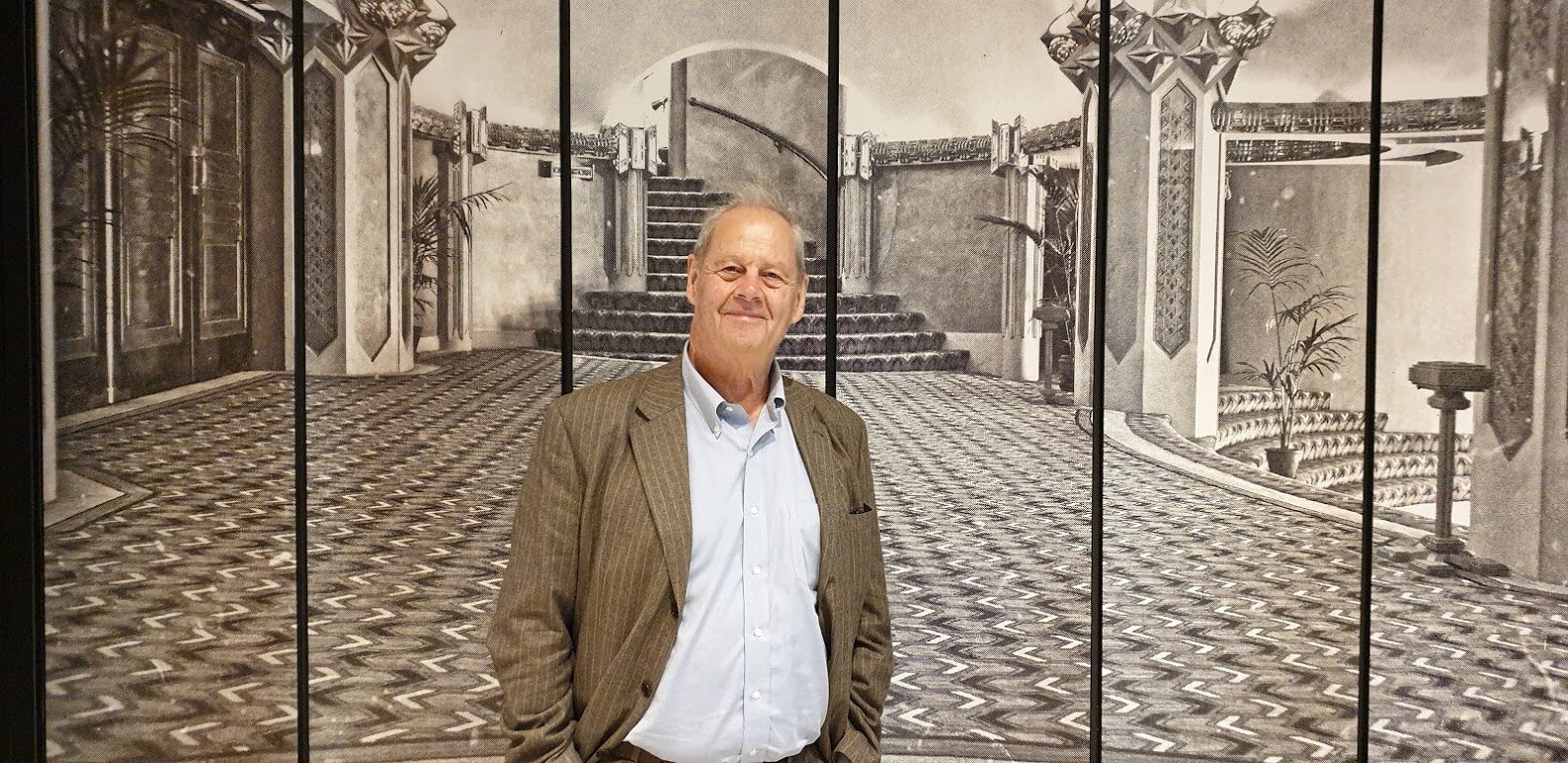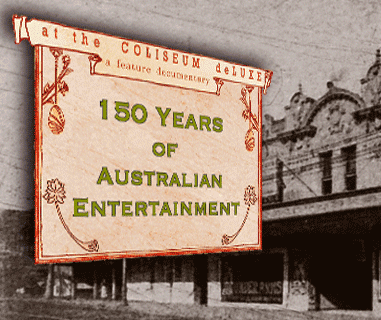Watch > MAKING OF THE COLISEUM DELUXE
THE MAKING OF at the Coliseum de Luxe
When Anthony Buckley and Les Tod began their research for the book of at the Coliseum de Luxe seven years ago, little did they realise they were embarking on a journey that was the beginning of a major detective story. Tod’s remarkable collection of stills contains every Union Theatre’s picture house ever built except one – the Union de Luxe, North Sydney. Greater Union’s archivist, Liam Jensen Kohl, had a vast repository of Union Theatres plans and photographs but none of the North Sydney Union de Luxe.
Applications for the building of the theatre are at the Stanton Library, North Sydney, but there are no plans or drawings attached to the approvals given to build.
Only months before the announcement, Union Theatres had opened a de Luxe at Croydon, Sydney, with photos of the interior which was much smaller than the planned de Luxe for North Sydney. A search of the trade magazine Everyone’srevealed a photo of opening night of Drummoyne Theatre, but none of the North Sydney venture that opened the same week.
The opening Union de Luxe, North Sydney – September 1921, caught the attention of the Sydney papers. Detailed descriptions of the interior’s spectacular design and colour schemes appeared in The Sydney Morning Herald, The Sun, The Evening News, The Daily Telegraph, but not a single photograph was published, or discovered by Tod and Buckley.
How do you prepare a history of such a significant building without plans, pictures or drawings? Only the original sketch of the façade by Joe Kethel appeared in The Sun, on the announcement of Union Theatres’ plans for their biggest theatre ever. What to do?
Enter Laycock and Brennan and their design genius, Adam Young. Here the detailed descriptions in the papers of the interiors came into their own.
Paul Brennan describes the task of recreating the first purpose-built picture palace in Sydney, Australia :
PTB SCREEN is the digital movie palace website that reinvents long-lost cinemas for viewers to re-enter in a POV manner, take a seat and watch a screen presentation. Paul Brennan’s experience and profile now bring 45 years of cinema history awareness to ensure the Coliseum de Luxe is faithfully reinvented in such a realistic manner. However, with only blotchy photos and an architect sketch and floorplan to draw from, the realisation of the scale, décor, foyer and inner splendour of the Coliseum de Luxe had to be found by researching the existing relics and photo galleries of architects Kaberry and Chard. All their cinemas are of a similar style with side balconies and an elaborate ‘picture frame’ screen.
By comparing and overlaying half a dozen almost-identical designs of varying size, a realistic and informative detail of the massive Coliseum de Luxewas accurately attained.
Business partner and digital manager John Laycock then worked with the in-house videogame designer Adam Young to apply the rococo-nouveau splendour to a 3D framework. Adam’s aesthetic of science fiction and horror games needed to be reinvented completely, challenging everything he knew to retrofit his grim gamer combat into glorious realistic ‘chocolate box’ art nouveau loveliness. Imagine Alienbeing wrangled to look like Hello Dolly. That was the challenge for Adam. Fortunately he had seen Titanicand so they had a middle ground to work from. Ten months later : success.
Adam’s rise to the challenge and completion is as majestic as the Coliseum de Luxe itself.
Paul, John and Adam are elated to add the 3D-look CGI reinvention of Australia’s first genuine movie palace as a highlight of at the Coliseum de Luxe for new century audiences.
THE PRODUCER/DIRECTOR
Anthony Buckley was the school projectionist at Lady Hay’s Primary School, North Sydney, where he used to command the operation of the Australian-made Harmour & Heath 16mm machine. At the time the world’s only 16mm projector to have a Maltese Cross movement for smooth and flickerless projection. At home at 59 Sinclair Street, he operated his Pathé9.5mm projector in the aviary his father had converted to a picture show. Starting work in 1953, his first job was sitting at the 35mm Bell & Howell pedal splicer, re-making all the joins in an old nitrate print, totalling ten 1,000 ft reels. The film was Raymond Longford’s The Sentimental Bloke, donated to the National Library of Australia by a donor in Melbourne. Tony’s journey had begun with 9.5mm and had now graduated to 35mm, and eventually the Cinesound Reviewunder the mentorship of Ken G. Hall.
In 1966 he finished the first documentary film, Forgotten Cinema, that influenced the Minister for the Arts at the time, Senator Don McClelland, to say in Parliament that “the House should hang their heads in abject shame for what hadn’t been done for the Australian film industry.” He was brought to order by the Speaker, but the genie was out of the bottle.
This is Buckley’s 66thyear in the business, covering many remarkable achievements: the editing of Michael Powell’s Age of Consent, Ted Kotcheff’s Wake in Frightand Rudolf Nureyev’s Don Quixote. As a producer, his credits include Donald Crombie’s Caddie, Jim Sharman’s The Night The Prowler, Ray Lawrence’s Bliss, Tracey Moffat’s beDevil, and Anna Reeves’ Oyster Farmer andmini-series – Ruth Park’s The Harp in the Southand Poor Man’s Orange, The Heroesand Heroes IIfor Donald Crombie, Screentime’s The Potato Factory and Jessica, both by Bryce Courtenay. at the Coliseum de Luxebrings Buckley full circle, back to the halcyon days of 9.5mm and discovering silent cinema.
In 2017 the National Film and Sound Archive appointed Anthony Buckley as their Honorary Ambassador for Australia’s Lost Films. To date, over 1,000 reels of silent and sound nitrate rolls have been discovered and repatriated to the Archive for conservation and preservation.
LES TOD
CO-PRODUCER AND PRINCIPAL RESEARCHER
at the Coliseum de Luxe
Les Tod is one of Australia’s leading theatre and cinema historians, though he has never worked in the film industry itself. His knowledge of when and where theatres were built is encyclopaedic, well over 2,000 entries in his files. Author of a number of books about theatres and picture shows, he is a regular contributor to Cinema Record¸the quarterly journal of the Cinema Theatre Historical Society of which he is also a member; Dress CircleQuarterly; Australian Movie Maker; and Prospect, the journal of the Prospect Heritage Trust.
Deputy President of the Parramatta branch of the National Trust of NSW, he is also part of the action group to save Parramatta’s Spanish rococo Roxy Theatre from planned over-development of the site.
Four times winner of the Blacktown City Mayoral History Prize, he was awarded an Order of Australia in 2016 for services to the conservation of theatres.
In 2017 he was made a full member of the Society of Australian Cinema Pioneers.
In 2019 he was bestowed with the Volunteer Award of the National Trust of NSW for his volunteer work for the local studies section of the Blacktown City Council library, the Woodcroft Lake Park Group, MS (Multiple Sclerosis) Lidcombe.
Les has recently completed editing the bookSorry, House Full, by fellow cinema historian and projectionist, Ian Hanson.
PETER FENTON
COMMENTARY WRITER
at the Coliseum de Luxe
Peter Fentonis a man of many talents. Raconteur, sports coach, author and celebrated sound mixer of over 150 Australian feature films that include Peter Weir’s Picnic at Hanging Rock, Gillian Armstrong’s My Brilliant Career, Bruce Beresford’s The Getting of Wisdomand Fred Schepisi’s Evil Angels.
He first worked with Tony Buckley mixing Donald Crombie’s Caddiein 1975, later writing and anchoring Tony’s documentary Les Darcy, The Maitland Wonderfor ABC TV, which was based on Peter’s book Les Darcy – the Legend of the Fighting Man. Author of seven books, he also wrote the commentary and narrated Tony’s popular rail film, Ghost Trains – Forgotten Railways.
For sports aficionados, Peter is perhaps better known as a rugby coach. He coached first division rugby for Parramatta and Eastwood for twelve years and the Sydney representative team from 1982 to 1985. “Fab” Fenton is also rugby’s “unofficial poet laureate”. Fenton’s first book, Sport the Way I Speak It, is a collection of his poetry about our sporting legends – 1927 Waratahs, Don Bradman, Andrew “Boy” Charlton, jockey Wayne Harris, Phar Lap, et al.
Peter Fenton was awarded an Order of Australia in 2012 for services to the Australian film industry. In 2016 he became Australian Cinema Pioneer of the Year.
ARCHIVAL FOOTAGE AND THE WIDE SCREEN
Traditionally 35mm footage is 1.33.1 ratio, in modern parlance 4:3. Most historical documentaries observe the standard 4:3 shape of the frame. Buckley saw the wide screen 1.185.1 ratio (16:9) being a challenge to do something different while preserving the original footage in its traditional frame. Editor Daniel Saw took on this challenge with the creative imagination of combining two or three different images appearing at the same time, yet remaining faithful to the original footage’s framing. Sometimes the footage is framed by the original proscenium of the theatre where that film was shown. For example, the Criterion Theatre, Sydney, and the Princess, Melbourne (the 1896 Melbourne Cup), The Palace, Sydney (The Kelly Gang), The Lyceum, Sydney (The Duke & Duchess of York 1927), Hoyts Regent (Talkies). Where archival footage is tinted and toned, they have been faithfully reproduced.






